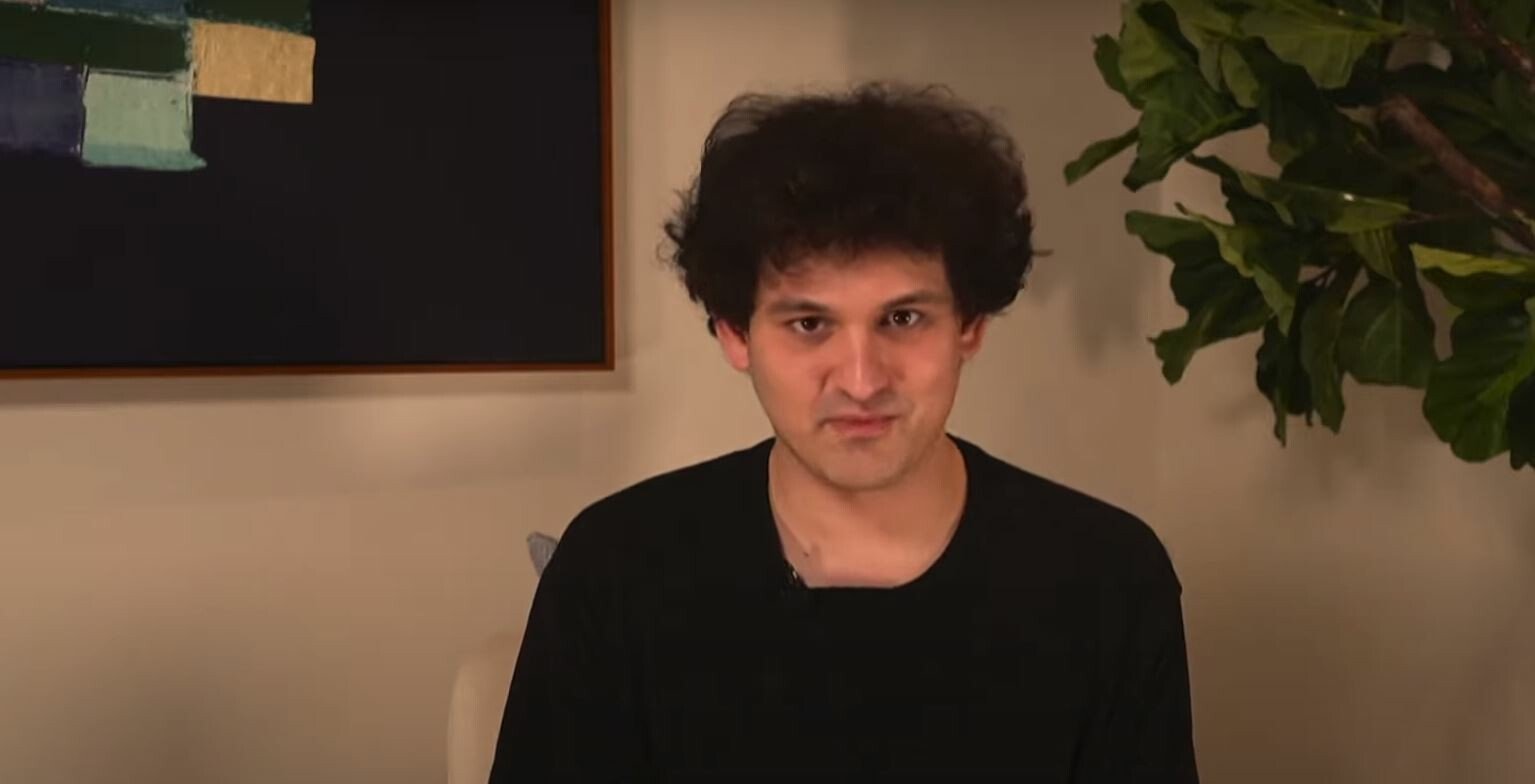International Dark Sky Week will take place from April 5 to 12, 2021. The event always takes place in the week of the new moon in April, when the sky is dark and the view of the night sky is optimal. Researchers and amateur astronomers want to remind people of the fascination of the night and draw attention to the subject of light pollution. Too much artificial light at night not only makes the stars invisible; it can also disturb people and animals. IGB researchers are studying the effects of artificial light on insects.
Dr. Sibylle Schroer and Johanna Reinhard want to achieve one thing with their research on the protection of the small six-legged creatures: “More benevolent Ohhhh, less derogatory Ehhhh”. And another wish is even more important to them: “More darkness, less artificial light.” The IGB researchers are coordinating the “Species protection through environmentally friendly lighting” project. Researchers in ecology and lighting technology are investigating and testing, together with citizens from three project areas in Germany, new concepts for adapting artificial light to the needs of humans and animals at night.
Not just moths – half of all insect species are nocturnal
Insect monitoring participants install traps on lamps and evaluate the results. Insect species are identified and counted in workshops. What the researchers find in the traps is neither colorful nor flashy and therefore little known: the hummingbird hawk moth, the silver Y or the scarlet tiger moth, to name just a few species of moth. “However, we shouldn’t overlook them, as more than 3,300 species of moth, and thus more than 95 percent of the native butterfly species, belong to the group of nocturnal insects. They are important pollinators and play an important role in the food web, ”explains Johanna Reinhard.
About half of all insect species are nocturnal. They rely on darkness and natural light from the moon and stars to navigate or avoid predators. Natural night light conditions are also important so that the insects can forage for food and reproduce. With these nocturnal tasks they fulfill important ecosystem services such as pollination and food supply for other animals and consequently for our quality of life. Artificially lit night disturbs this natural behavior – and reduces the chances of survival.
Flying insects in particular are attracted to lamps, sky spotlights and neon signs and die there from exhaustion or as easy prey for predators. The light sources act like a vacuum cleaner in the ecosystem: An earlier study by the IGB on a test field in Westhavelland, Germany, showed, for example, that up to 260 times as many insects buzz around illuminated street lamps as in the dark surroundings. In just one night, over 5,000 people were captured from a single street lamp.
Light pollution: one of the causes of insect mortality
Therefore, light pollution could be a major reason for the global decline in insects, explains Dr. Gregor Kalinkat from IGB: “The worldwide death of insects – in the form of species and population declines – is one of the most pressing problems in biology and environmental sciences with possible consequences for food production, to name just one example. We suspect that artificial light at night is a main reason for this negative trend, which is particularly well documented in Germany. “
Unfortunately, there are almost no studies to date that have investigated the relationship between insect mortality and light pollution in the long term, i.e. beyond a year or two. Gregor Kalinkat and a team of IGB researchers and members of the Dutch Butterfly Conservation Agency have just published a study on the available data. The authors present a checklist with important points that should be considered in future experiments.
For meaningful insect monitoring, the area and time should be chosen as far as possible in order to capture natural fluctuations in insect populations. Different types of trapping and fishing methods should be used to capture the highest possible diversity of insects. With their compound eyes, insects perceive colors and light intensities very differently than humans. Therefore, common lighting specifications such as the unit of human light perception “Lux” are often insufficient for such studies.
Anyone can reduce light pollution
The researchers would like a more sensitive awareness of the topic of artificial lighting at night. And they hope events like Dark Sky Week encourage people to think about the judicious use of lighting. The team has put together tips for outdoor lighting in a brochure. A tip is already on the way: just turn off any lights you don’t need.









